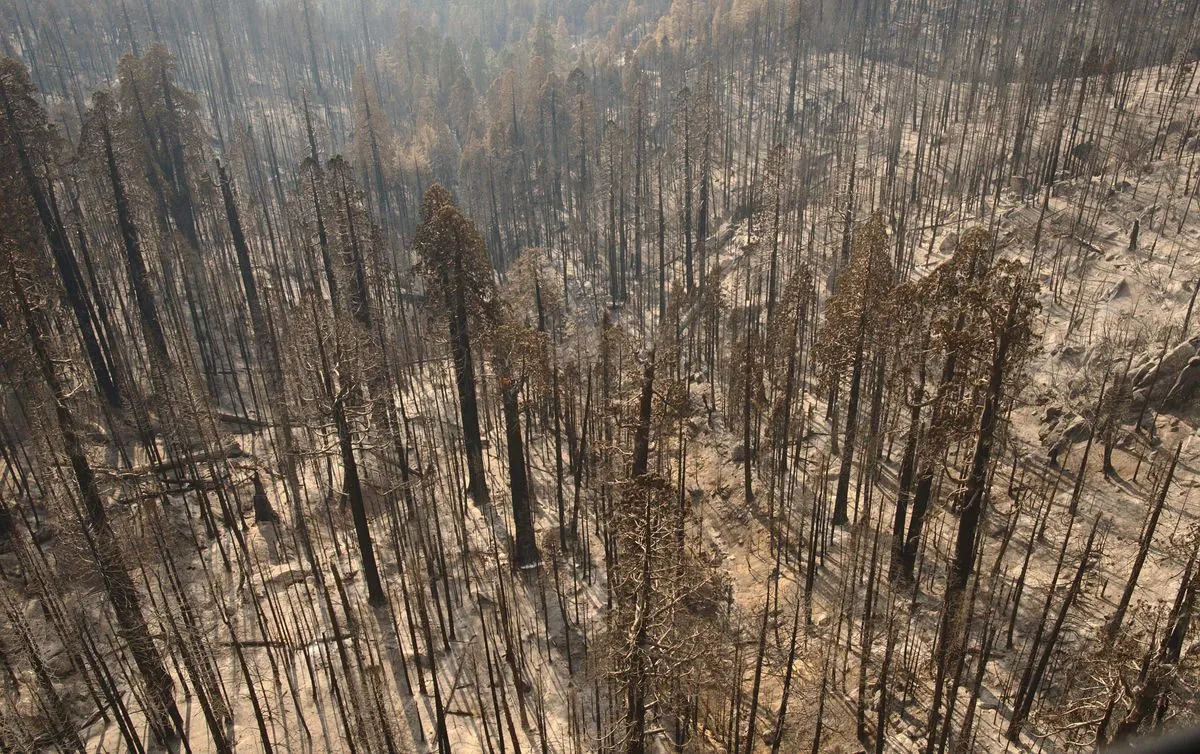The United States is facing significant challenges in restoring forests devastated by increasingly severe wildfires, with many areas unlikely to recover naturally. Climate change has altered the landscape, making it difficult or impossible for numerous forests to regenerate on their own.
Researchers are investigating which tree species are most likely to survive in specific locations as environmental conditions shift. However, the U.S. is grappling with inadequate resources for large-scale reforestation, including insufficient seed collection, seedling production, and trained workforce.
The U.S. Forest Service, which manages 193 million acres of public lands, identifies the primary obstacle as the time-consuming process of completing environmental and cultural assessments and preparing severely burned areas for replanting.
Climate change has led to an average temperature increase of 1.8°F in the contiguous U.S. since 1900, exacerbating wildfire intensity and frequency. Nineteen of the 20 largest wildfires ever recorded in the contiguous U.S. have occurred in Western states since 2000, coinciding with an ongoing megadrought – the driest 22-year period in at least 1,200 years.
The reforestation gap, the difference between areas requiring replanting and the capacity to do so, has grown to at least 3.8 million acres. Experts predict this gap could triple by 2050, highlighting the urgent need for action.
To address these challenges, scientists are exploring targeted tree planting strategies. Matthew Hurteau, a forest ecologist at the University of New Mexico, has developed a computer model to predict seedling survival probability with 63% accuracy. This model will be used for planting efforts this fall, moving away from the traditional "plant-and-pray" method.
The Forest Service is considering more flexible approaches, such as planting at different elevations or using seeds from other locations. Some researchers even suggest introducing species not originally found in an area, although this idea has faced resistance.
"We need to start being creative if we want trees on our landscapes. We're in a place of such drastic climate change that we are not talking about whether or not some of these places will be a different kind of forest, but whether or not they will be forests at all."
The U.S. forest products industry, which employs approximately 950,000 people, relies on healthy forests. To support reforestation efforts, several New Mexico universities and the state's forestry division have established the New Mexico Reforestation Center. This facility aims to produce 5 million seedlings annually for government, tribal, and private lands, with the first seedlings set to be planted this year.
Experts emphasize the need for increased seed collection and a trained workforce to make progress in closing the reforestation gap. Public and private cooperation is crucial, as is long-term thinking in planting decisions.
As the U.S. pledges to plant 1.2 billion trees by 2030 as part of global reforestation efforts, the challenges ahead are significant. However, with innovative approaches and collaborative efforts, there is hope for the future of America's forests.
